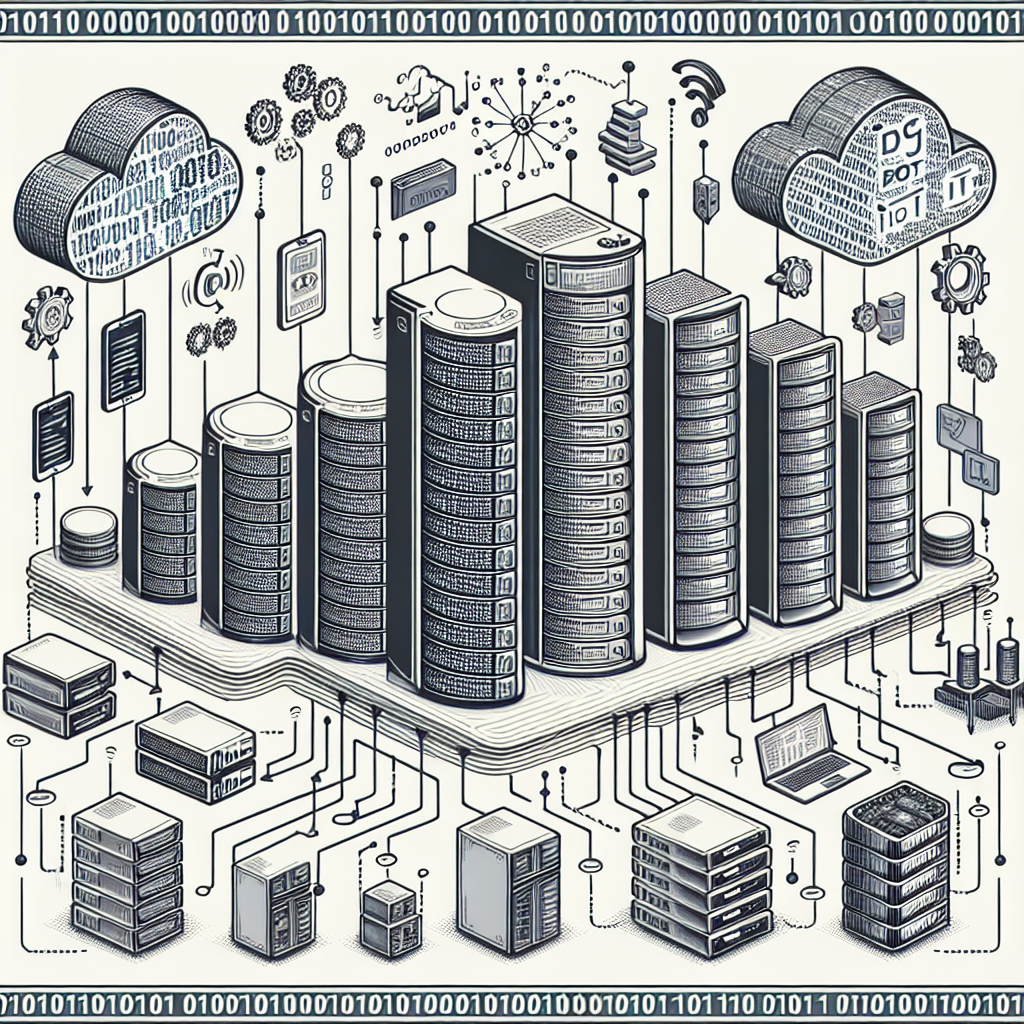Your cart is currently empty!
How Data Center Servers are Evolving to Meet the Demands of Big Data and IoT

In today’s digital age, the amount of data being generated and processed is growing exponentially. With the rise of Big Data and the Internet of Things (IoT), businesses and organizations are faced with the challenge of managing and analyzing massive volumes of data in real-time. This has put a strain on traditional data center servers, which were not designed to handle such high workloads.
To meet the demands of Big Data and IoT, data center servers are evolving rapidly. One of the key trends in server technology is the shift towards high-performance computing (HPC) servers. HPC servers are designed to handle complex computations and process large amounts of data quickly and efficiently. These servers typically have multiple processors, high-speed memory, and fast storage systems to ensure optimal performance.
Another trend in server technology is the move towards software-defined servers. Software-defined servers are virtualized servers that can be dynamically reconfigured and optimized based on workload requirements. This flexibility allows organizations to scale their server infrastructure up or down as needed, without the need for physical hardware upgrades.
In addition, data center servers are also becoming more energy-efficient. With the increasing cost of electricity and the environmental impact of data centers, energy efficiency has become a top priority for server manufacturers. Many new servers are designed to consume less power while still delivering high performance, helping organizations reduce their carbon footprint and lower operating costs.
Security is another key consideration in the evolution of data center servers. With the growing threat of cyber attacks and data breaches, server manufacturers are incorporating advanced security features into their products. This includes encryption technologies, secure boot processes, and hardware-based security mechanisms to protect sensitive data from unauthorized access.
Overall, the evolution of data center servers is driven by the need to meet the demands of Big Data and IoT. As data volumes continue to grow, organizations must invest in server technology that can handle the increasing workload and offer high performance, flexibility, energy efficiency, and security. By staying abreast of the latest server trends and technologies, businesses can ensure their data center infrastructure is equipped to handle the challenges of the digital age.

Leave a Reply